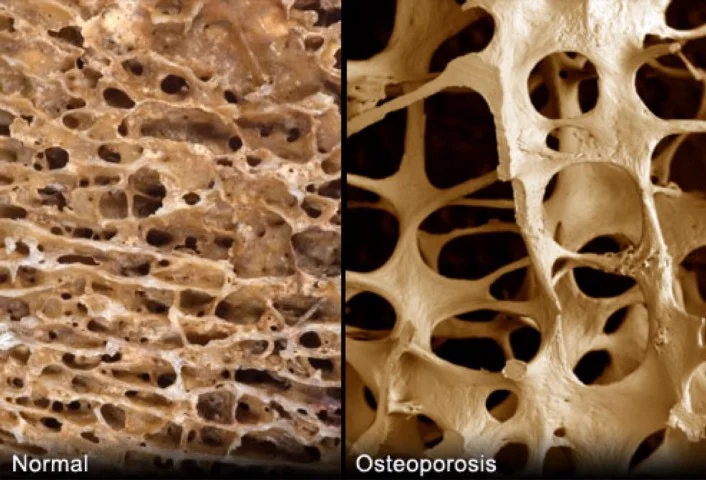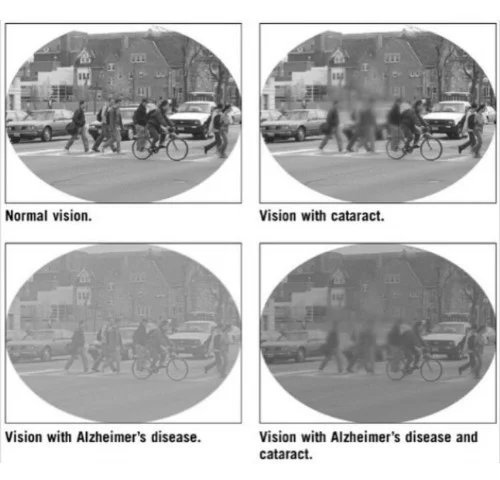Coronary Atherosclerosis
/Coronary Atherosclerosis
Coronary atherosclerosis develops silently over decades, often progressing without symptoms until causing angina or heart attack. Risk factors include smoking, high blood pressure, diabetes, and high cholesterol. Screening tools like coronary calcium scoring and stress tests help detect it early. Prevention includes lifestyle changes, statins, and antiplatelet therapy.
Read More





